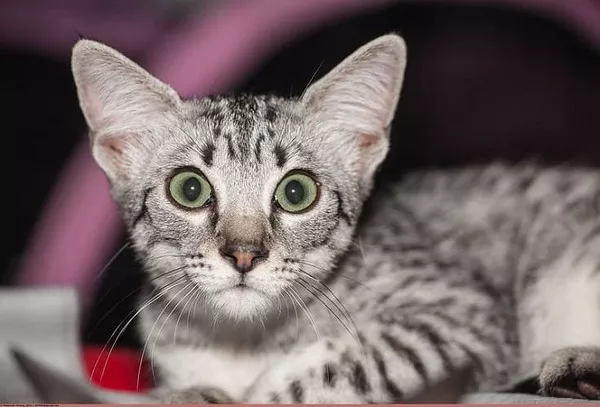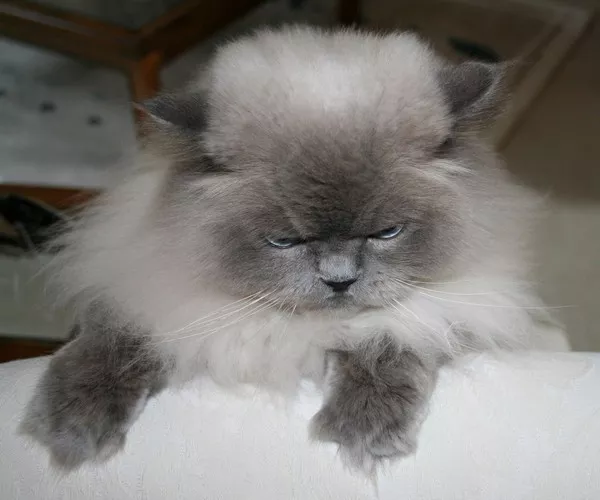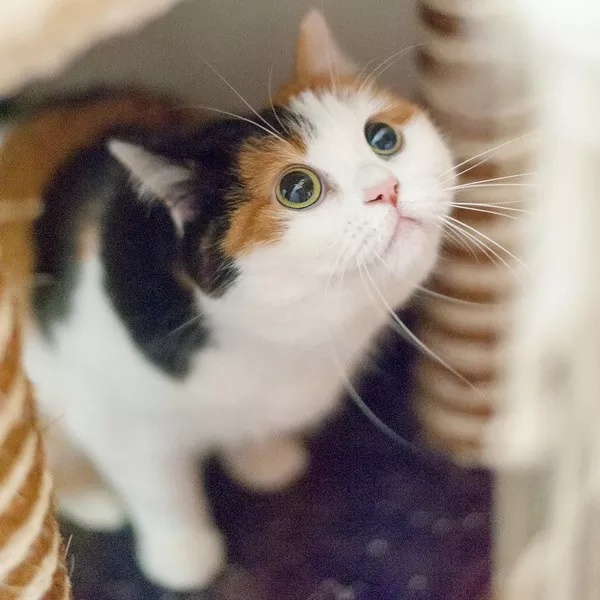The Egyptian Mau, a breed renowned for its striking spotted coat and captivating beauty, stands out not only for its unique appearance but also for its exceptional speed. These feline marvels are often considered one of the fastest domestic cat breeds, leaving enthusiasts and researchers alike intrigued by the secrets behind their swift movements. In this article, we delve into the factors contributing to the Egyptian Mau’s remarkable speed, exploring their anatomy, genetics, and historical significance.
The Origins and History of the Egyptian Mau
To comprehend the agility of the Egyptian Mau, it is essential to delve into the breed’s origins. Believed to have ancient roots dating back to Egypt, these cats have a rich history intertwined with Egyptian culture and royalty. Historical depictions and writings suggest that cats resembling the Egyptian Mau were cherished companions of pharaohs, adding an element of regality to their lineage.
Anatomy and Physical Characteristics
The Egyptian Mau’s impressive speed can be attributed in part to its unique anatomy and physical characteristics. With a medium to large size, a muscular build, and a distinctive spotted coat, these cats possess traits that enhance their agility and speed. Their hind legs are notably longer than their front legs, contributing to a powerful and efficient stride. Additionally, the Mau’s spine is flexible, allowing for an extended range of motion during rapid movements.
1. Muscle Structure and Coordination
A closer look at the Egyptian Mau’s muscle structure reveals another key element in its extraordinary speed. The breed boasts well-developed and toned muscles, particularly in the hindquarters, providing the necessary strength for explosive bursts of speed. The coordination between their powerful limbs and flexible spine allows for quick direction changes, crucial for hunting and navigating their environment with finesse.
2. Genetic Factors and Inherited Traits
The genetic makeup of the Egyptian Mau plays a crucial role in shaping its physical attributes, including its speed. Through selective breeding, breeders have aimed to preserve and enhance the distinctive qualities that contribute to the Mau’s agility. The spotted coat pattern, which is a result of genetic inheritance, is often associated with the breed’s swift and stealthy nature. Genetic diversity within the breed has been carefully maintained to ensure the preservation of these desirable traits.
3. Hunting Instincts and Adaptations
The Egyptian Mau’s historical role as a hunter and protector has left an indelible mark on its genetic makeup and behavior. These cats possess a strong hunting instinct, honed over generations in the pursuit of prey in their native environment. Their ability to stalk and pounce with remarkable precision is a testament to their innate skills, showcasing how their speed is not just a physical attribute but a finely tuned survival mechanism.
Environmental Influences on Speed
The environment in which the Egyptian Mau evolved also played a significant role in shaping its speed. In the arid landscapes of Egypt, where these cats originated, quick reflexes and rapid movements were essential for survival. The Mau’s ability to swiftly navigate various terrains, whether it be sand or rocky landscapes, reflects its adaptability and resourcefulness, contributing to its reputation as a fleet-footed feline.
1. Behavioral Characteristics
Beyond their physical prowess, the behavioral characteristics of the Egyptian Mau shed light on why these cats are so fast. Known for their playful and energetic nature, these cats engage in activities that naturally enhance their speed and agility. Regular exercise, interactive play, and the opportunity to engage in climbing and jumping activities contribute to the maintenance of their physical fitness and dexterity.
2. The Role of Domestication
While the Egyptian Mau’s speed is undoubtedly influenced by its ancestral roots and natural environment, the process of domestication has also played a role in shaping their characteristics. As companion animals, Mau cats may not rely on their speed for survival in the same way their wild ancestors did, but their inherent traits have been preserved and adapted to suit their new roles within human households.
Conclusion
In conclusion, the Egyptian Mau’s exceptional speed is a result of a complex interplay of factors, including genetics, anatomy, historical influences, and behavioral characteristics. As a breed with a rich heritage dating back to ancient Egypt, the Mau’s swiftness is a testament to its adaptability and survival instincts. Whether leaping gracefully through the air or sprinting with impressive speed, the Egyptian Mau continues to captivate cat enthusiasts worldwide, leaving an indelible mark on the fascinating world of feline companionship.



























